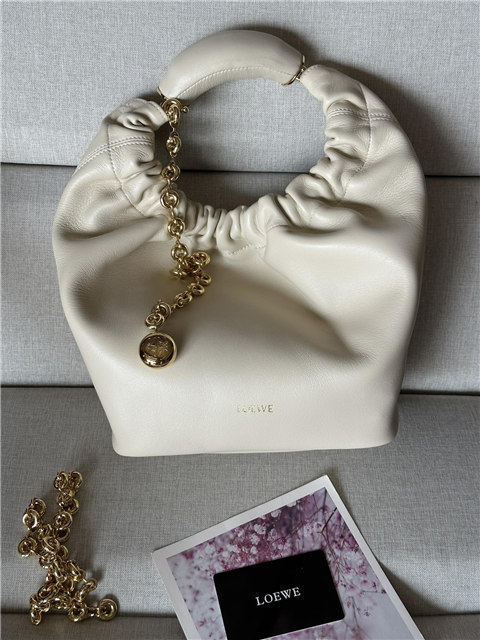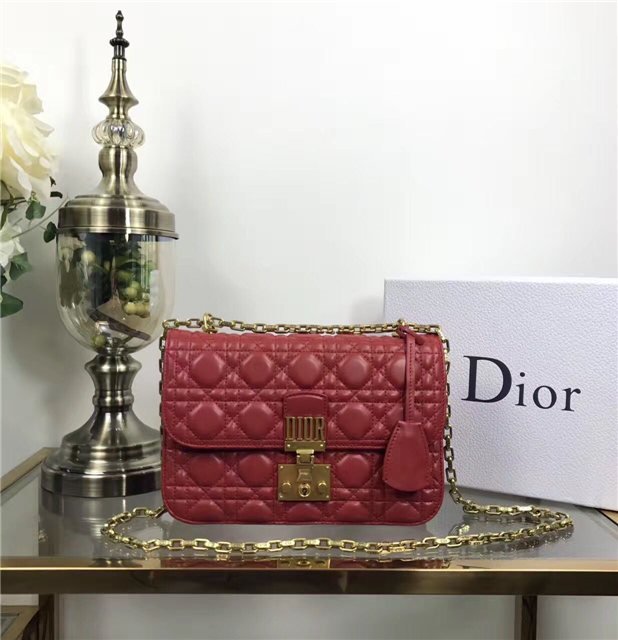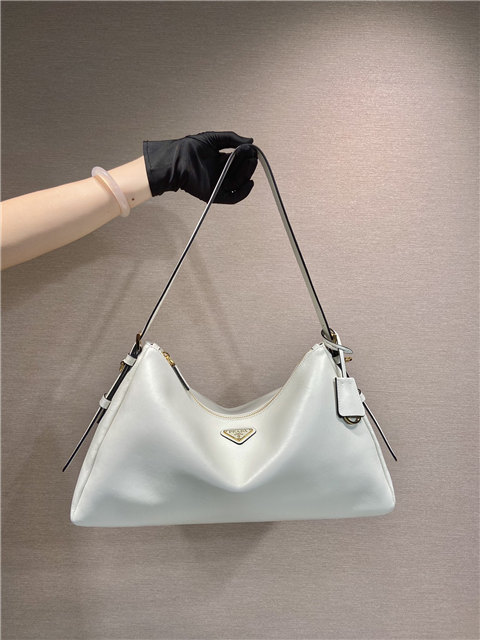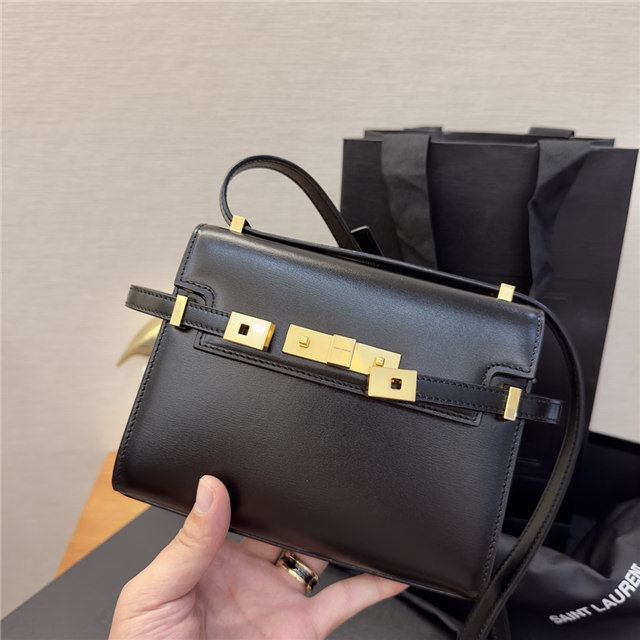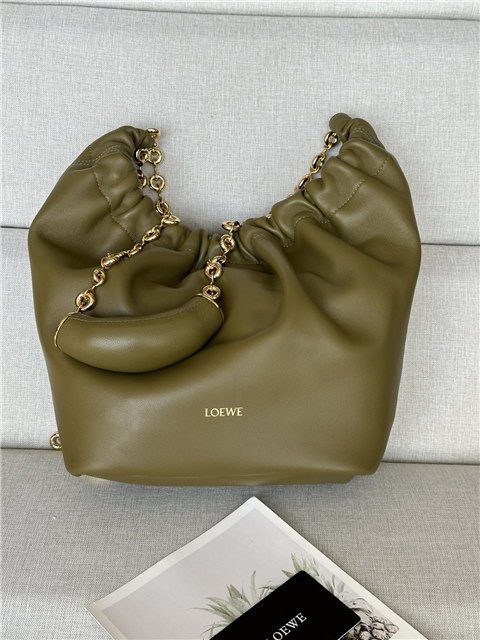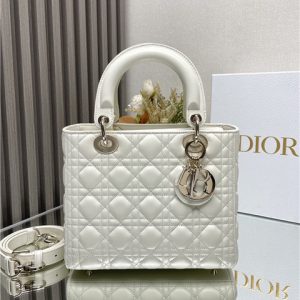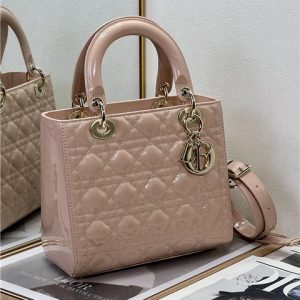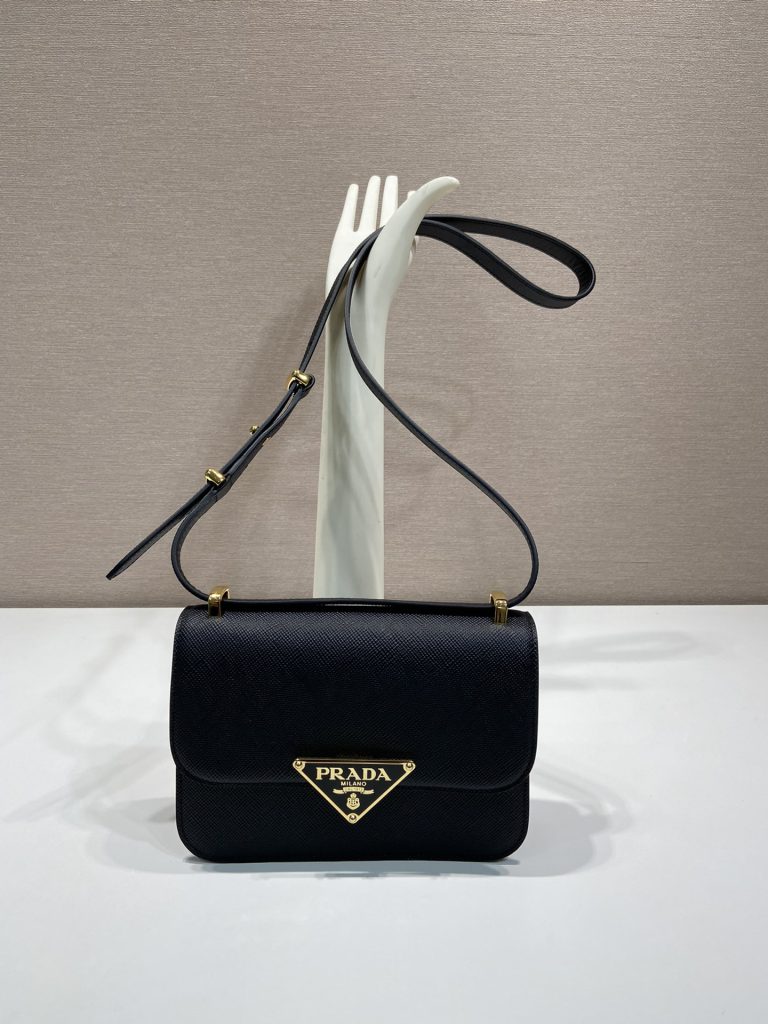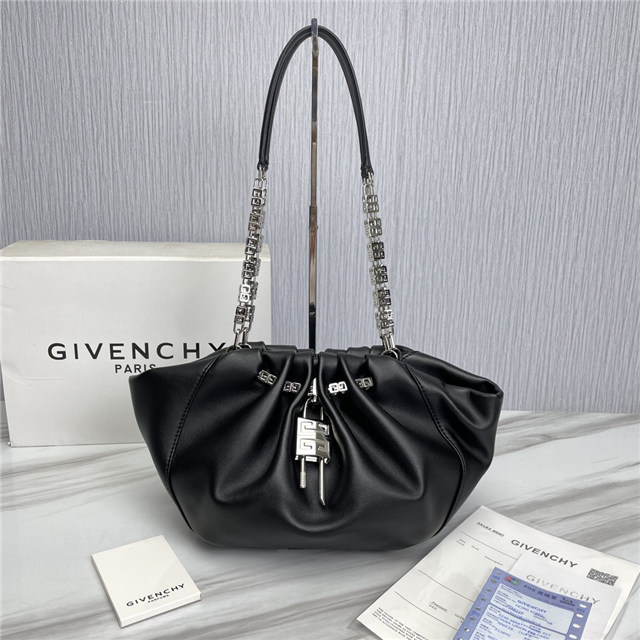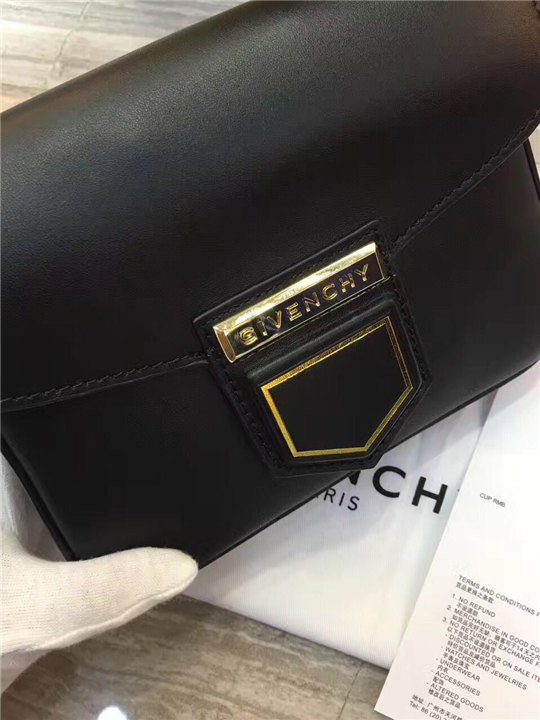First off, forget about perfection. No replica is *ever* going to be 100% identical to the real deal. But some get darn close. We’re talking about taking a *real* close look at the details.
The movement, for instance. This is *crucial*. You gotta check out those movement pics. Don’t just trust what the seller says. Confirm *everything*. And then, just to be super sure, bother the Trusted Dealer (TD) to double-check that the movement is actually what they’re advertising. It sounds like a pain, I know, but you’ll thank yourself later. Like, imagine dropping a grand on a “clone” only to find out it’s got some janky, barely-functional thing inside. No bueno.
Then there’s the whole “which factory is best” debate. Everyone seems to have an opinion. Right now, Clean Factory is generally considered the king of Daytona reps straight out of the box. But, I mean, honestly, “best” is subjective. You want the best out of the box? Clean is great. Wanna drop some serious cash and make it *look* almost indistinguishable from a gen? Well then, start saving. You’ll still be spending a good chunk of change, but it’ll be a far cry from the retail price.
And that’s where the whole “collectors corner” thing comes in. You can get a legit-looking watch for a fraction of the real thing. But let’s be real: that’s still a *lot* of money for a replica. It’s a slippery slope, folks.
Speaking of details, pay attention to the dial. The dial is not the face of the watch. I never knew that. That’s according to someone else. The subdials, the tachymeter bezel… those are all things that can give away a fake. Seriously, watch out for the small things. Like, a slightly off font, or a misplaced marker, and you’re broadcasting to the world that your Daytona is a fake. And no one wants that, right?

